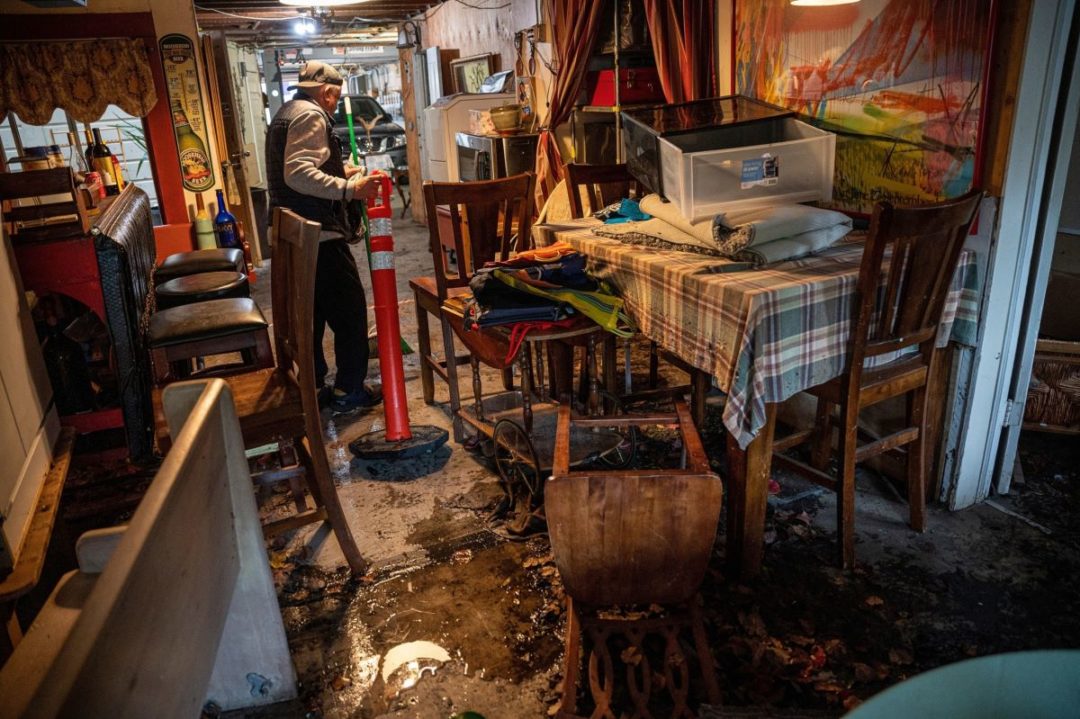
Home » California Braces for Its Next Deluge as Pacific Storms Line Up
California Braces for Its Next Deluge as Pacific Storms Line Up

Photo: Bloomberg
January 4, 2023
While California tries to clean up from floods and mudslides that killed at least one person over the weekend, the next in a series of atmospheric rivers is bearing down on the most populous U.S.
A powerful stream of densely moist air flowing off the Pacific Ocean is forecast to bring 3 to 6 inches of rain to a wide area from Eureka to San Francisco January 4 into January 5, with some isolated areas receiving as much as 8 inches, said William Churchill, a forecaster at the U.S. Weather Prediction Center. These systems resemble large rivers across the sky and can carry as much water as the mouth of the Mississippi River to locations when they hit.
While they can be deadly, they are also an important part of how California and the U.S. West replenish their water supplies, which have been suffering from a years-long drought that has dried up the Colorado River and parched the landscape.
The heavy downpours will shift into Southern California late January 4, adding to the series of deluges that have battered the state in the previous seven days and soaked the ground.
“While this one is the worst thing coming up in the near term, this pattern will probably continue for the next week to two weeks,” said Churchill. “This is not the last.”
A record 5.46 inches of rain fell in downtown San Francisco New Year’s Eve, which capped almost a foot of rain falling through December, according to the National Weather Service. California’s capital Sacramento also received a record 2.37 inches to end 2022. At least one person died in the deluges, according to the Associated Press.
The danger is magnified because the water can trigger mudslides in areas burned by recent wildfires, filling a house in seconds.
In addition to the rain, the storms are forecast to bring more heavy snow across the state’s mountain ranges. Localized spots around South Lake Tahoe could get upwards of 3 feet.
The midweek rain won’t be as bad as the New Year’s Eve storm, but it will magnify the impact of the precipitation that has already fallen, Churchill said.
For all the danger the storms bring, California and the U.S. West desperately need water to ease the ongoing drought. As of December 27, almost 98% of California was in drought, according to the U.S. Drought Monitor.
RELATED CONTENT
RELATED VIDEOS
Subscribe to our Daily Newsletter!
Timely, incisive articles delivered directly to your inbox.
Popular Stories

2024 Supply Chain Management Resource Guide: There's Only One Way Off a Burning Platform
VIEW THE LATEST ISSUECase Studies
-
Recycled Tagging Fasteners: Small Changes Make a Big Impact
-

Enhancing High-Value Electronics Shipment Security with Tive's Real-Time Tracking
-

Moving Robots Site-to-Site
-
JLL Finds Perfect Warehouse Location, Leading to $15M Grant for Startup
-
Robots Speed Fulfillment to Help Apparel Company Scale for Growth



